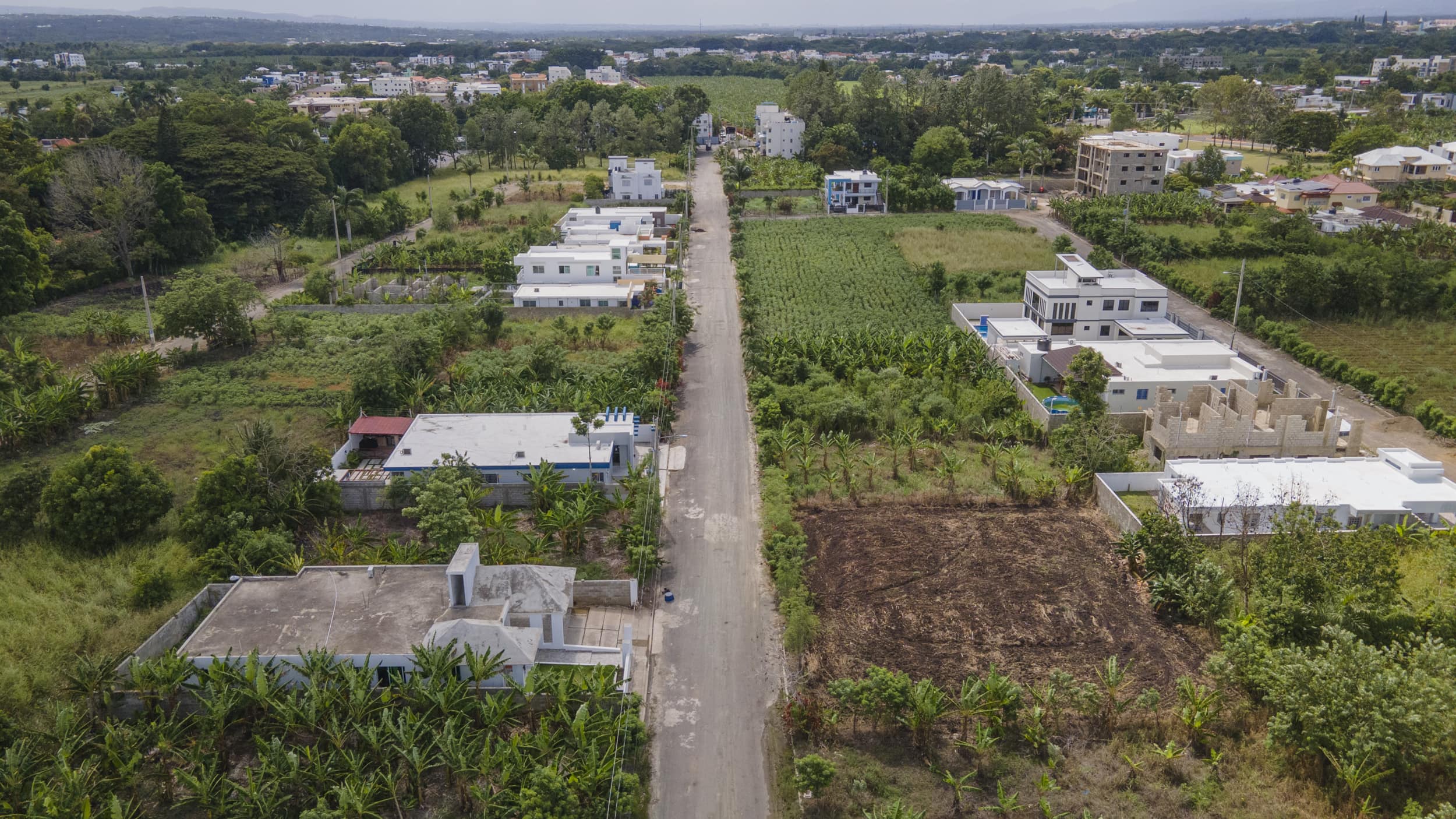Real estate explosion eats up Dominican farmland

Santo Domingo.- Frustrated by financial losses in agriculture, Luis Bencosme made the decision to sell his mango and lemon fields in Puerto Plata, a tourist province, five years ago. He has already sold 30,000 square meters of land, and in its place, approximately 6,000 houses have been constructed, fetching high prices of up to 3,000 pesos per square meter.
Now, he plans to sell an additional 10,000 square meters to build 10 villas for rental purposes, as he believes this real estate venture will provide more stable income compared to agriculture.
This trend of converting agricultural land for urban projects is not unique to Bencosme. Many farmers across the country are opting to transfer their land for immediate financial gains rather than dealing with agricultural uncertainties like droughts, changing rainy seasons due to climate change, and hurricane risks.
This shift has resulted in the loss of approximately one million acres of cultivable land in the country over the past 25 years, roughly equivalent to the size of La Romana province.
In 1995, 40.1% of the country’s surface was dedicated to agriculture, but this figure dropped to 33.2% by 2020, according to data from the Ministry of Economy. Provinces like Puerto Plata, Pedernales, San Cristóbal, Barahona, Samaná, Monseñor Nouel, Duarte, and the National District have experienced significant declines in their agricultural land, losing between 30% and 48% over the same period.
For those who continue farming, challenges such as water scarcity, changing seasonal cycles, and impediments to spraying due to nearby residential and school construction make daily agricultural work difficult. Additionally, the younger generation is less inclined to view agriculture as a viable livelihood, opting for urban migration instead.
The Minister of Agriculture, Limber Cruz, suggests that growing vertically and implementing the Law of Territorial Planning, Land Use, and Human Settlements could help mitigate the loss of agricultural land. However, the implementation of this law is still in progress, and it lacks specific regulations.
While the ministry can control certain projects like solar farms on agricultural land, it cannot prevent individuals from building houses. As a result, there’s a need for balanced urban planning to preserve agricultural areas.
The agricultural sector in the Dominican Republic primarily focuses on traditional products, fruit trees, and Musaceae. Nearly 42% of agricultural land relies on rainwater, making it heavily dependent on environmental factors.
In areas like Puerto Plata, persistent droughts have resulted in livestock losses and agricultural struggles. In some regions, months can pass without rainfall, leading to disillusionment and ultimately land sales.
Additionally, the recent impact of Storm Franklin in various provinces, including flooding of rice and banana plantations, further underscores the challenges faced by the agricultural sector. The damages and costs associated with such weather events have placed additional strains on the industry, reaching over 1 billion pesos.
Written originally by Mariela M, Joaquin C, Maria D, Irmgard D, and Henry H from Diario Libre.
Translated and rewritten by Dominican Today.

















